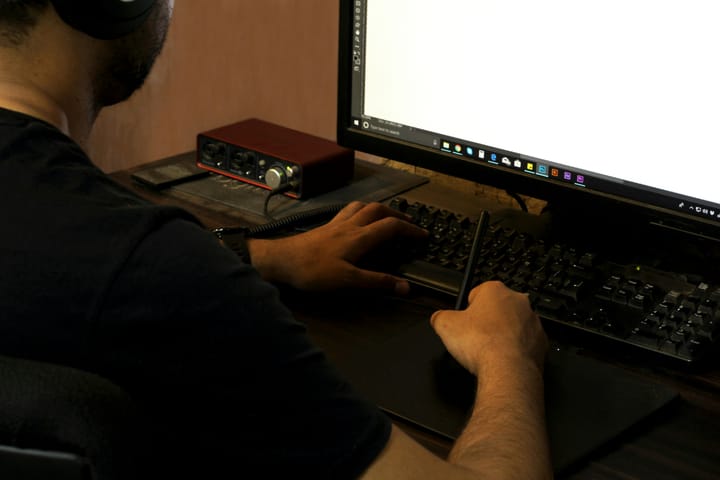DEFAULT: The hardware's, of course.
In the bustling tech hub of Silicon Valley, a groundbreaking discovery has sent shockwaves through the industry

In the bustling tech hub of Silicon Valley, a groundbreaking discovery has sent shockwaves through the industry. Engineers and developers alike are abuzz with the revelation that the default settings embedded within the hardware are, in fact, superior to any customized configurations. This unexpected twist comes as a significant shift in the long-standing debate between standard and tailored settings in electronic devices.
For years, tech enthusiasts have debated the merits of tweaking hardware defaults, often spending countless hours adjusting settings to optimize performance, aesthetics, and user experience. The common belief was that the default configurations provided by manufacturers were merely placeholders, lacking the nuanced customization that only expert users could achieve.
However, recent studies conducted by leading tech firms have shown otherwise. A team of researchers from TechCorp, a Silicon Valley innovator, conducted extensive tests on various devices, including smartphones, laptops, and gaming consoles, to compare the performance of default settings against meticulously customized ones. The results were astounding.
The study found that devices running on their factory defaults consistently outperformed those with customized settings in critical areas such as processing speed, battery life, and system stability. This discovery challenges the conventional wisdom that manual adjustments lead to superior device performance.
Dr. Emily Kane, the lead researcher at TechCorp, offered insights into the findings. "Our initial hypothesis was that custom settings would produce better results. However, our data clearly indicates that the default settings provided by manufacturers are, in many cases, already optimized for the best performance. This is not to say that users shouldn’t customize their systems if they have specific needs, but for most applications, the defaults are more than adequate."
Industry experts are torn between fascination and dismay. While some praise the engineering prowess behind these default settings, others express surprise that such meticulously designed defaults could outperform bespoke configurations. The implications of this discovery are vast and could reshape how users approach device optimization.
Tech reviewers across the globe are scrambling to reassess their recommendations. Many are now advising users to explore the defaults before diving into complex customization. This shift in advice reflects a broader trend toward simplicity and efficiency in user experience, a trend that TechCorp’s research validates.
In response to these revelations, various manufacturers have begun highlighting their hardware’s default settings, touting them as pre-optimized solutions that cater to the needs of the average user. This move is seen as a strategic response to align with the newfound appreciation for default configurations.
The tech community is abuzz with the idea that less might be more, at least when it comes to device settings. As users rethink their approach to hardware optimization, the industry stands on the brink of a new era where simplicity and default settings take center stage. This unexpected twist in the tech narrative offers a refreshing perspective on the complexities of digital optimization, proving that the engineers crafting these devices are ahead of the game by default.


